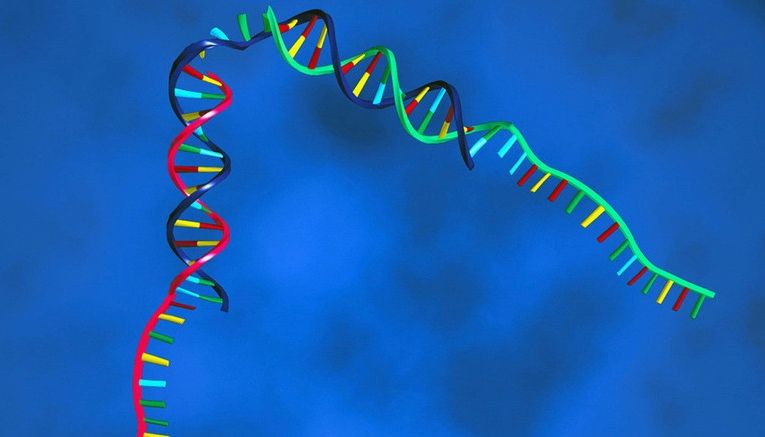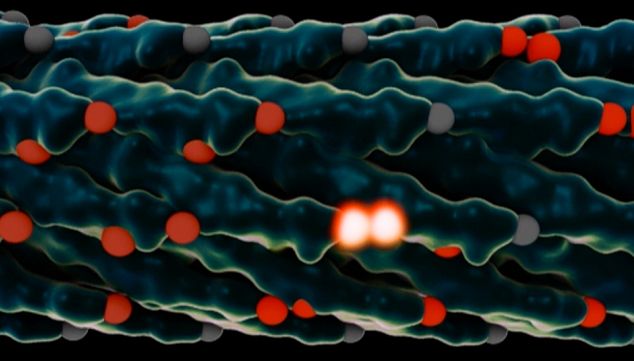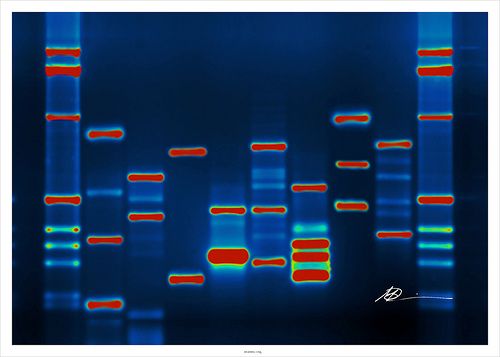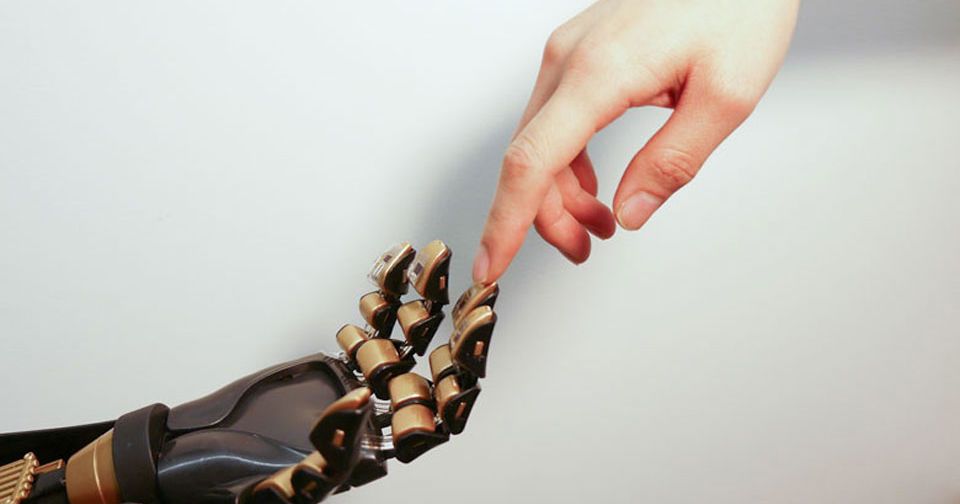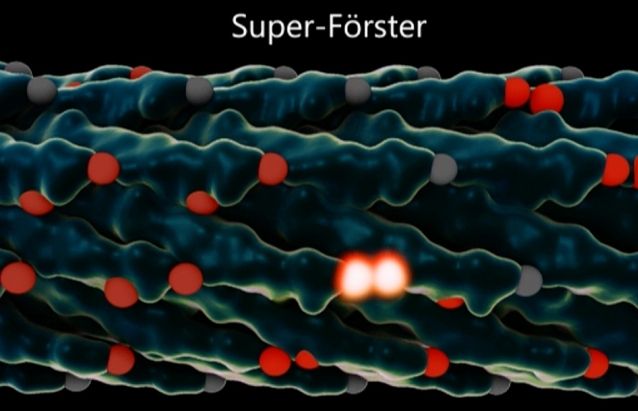Oct 22, 2015
Key to longevity? Sharing DNA info is necessary to extend human life, Google exec says
Posted by Dan Kummer in categories: biotech/medical, genetics, life extension
The much pursued fountain of youth can become a reality if humans agree to share their DNA information, according to Google Ventures’ CEO Bill Maris, who has warned that “we’re all going to die” earlier if we keep our genetic codes secret.
Maris, who aims to digitize DNA, stressed during a Wall Street Journal technology conference in California that our genomes “aren’t really secret,” urging those protective of their genetic information to loosen the reins a bit.
Noting that genetic material is constantly left lying around in public, Maris addressed those who remain nervous about the digitization of DNA. “What are you worried about?” he said on Tuesday, adding that a person could easily gather information by fishing a used cup out of the trash and taking it to a lab for analysis.
